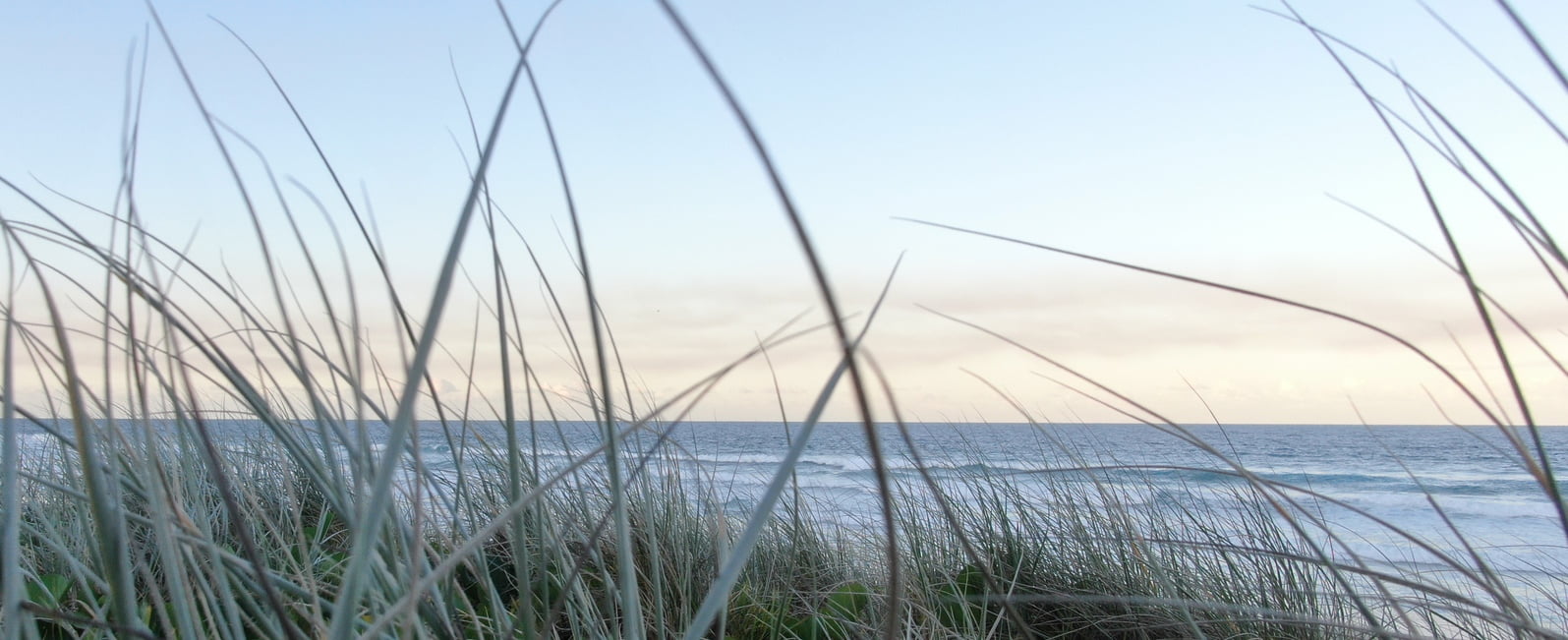“Within the European Union, six species have been classified as Critically Endangered by the International Union for the Conservation of Nature (IUCN). The most threatened category includes the Arctic fox (Alopex lagopus) and the European mink, which both have very small and declining populations. Only 150 Iberian Lynx survive today and the Mediterranean monk seal population has decreased to between 350-450 individuals.”

Photograph of an Arctic Fox courtesy of Denis-Carl Robidaux via Ann Novek
“The Arctic fox has evolved to live in the most frigid extremes on the planet. Among its adaptations for cold survival are its deep, thick fur, a system of countercurrent heat exchange in the circulation of paws to retain core temperature, and a good supply of body fat. The fox has a low surface-area-to-volume ratio as evidenced by its generally rounded body shape, short muzzle and legs, and short, thick ears. Since less of its surface area is exposed to the cold, less heat escapes the body. Its furry paws allow it to walk on ice floors in search of food. It is also able to walk on top of snow and listen for the movements of prey underneath. Their thick fur is the warmest of any mammal.”
In Scandinavia there are only about 120 arctic foxes left. There is a project in Sweden, to help save the foxes, including additional feeding and hunting red foxes that are a threat to Arctic foxes (the red foxes are out competing the arctic foxes). The Arctic fox eat lemmings, Arctic hares and in some areas left-overs from polar bears.
Cheers,
Ann Novek
Sweden

 Jennifer Marohasy BSc PhD is a critical thinker with expertise in the scientific method.
Jennifer Marohasy BSc PhD is a critical thinker with expertise in the scientific method.

Beautiful photograph. Thanks Denis-Carl Robidaux.
Let’s hope the Swedish project is a success.
A genuine question: why should any of us care if the project is a success? it’s a beautiful creature in that photo, but blog consensus (from whale and polar bear threads) says that the following aren’t sufficient to protect a creature: good looks, being a mammal, or stuff about ecology and balance.
So in all sincerety, why be concerned wiht this creature? If climate change is normal, then it’s time for it to die out. Perhaps we’ll manage to keep some in a zoo.
Climate change is the norm and polar bears aren’t endagered by the current warm period – to suggest that they are has no basis in fact. There is no suggestion here that Arctic Foxes are declining because of climate – their competitors red foxes are doing very nicely thank you.
The population of Arctic Fox dropped in Scandinavia due to overhunting last century ( for the fur industry)
Loads of scientists with experience in the area disagree with your take on the ‘facts’ Paul. There has been no evidence presented that the foxes aren’t threatened by climate change (eg are there also changing conditions that favor the red fox?). But I’m not putting that on the table here as it would just be another debate that achieves nothing.
So we care enough to wish the Swedish project success. We can probably agree that project holds no commercial promise or threat for any of us. And the creature has appeal
“Loads of scientists with experience in the area disagree with your take on the ‘facts’ Paul.”
Opinion is worth sooooooo much more if it has some verified facts to support it.
‘Loads of scientists.’ Mmmmm!
“The population of Arctic Fox dropped in Scandinavia due to overhunting last century ( for the fur industry)”
Are you saying there are no other factors involved?
From what I’ve heard here in Canada, foxes repopulate areas that have been trapped out quite swiftly.
Are there any other factors for the continued decline besides the reds such as land management policies, food availability (if short, why?) or even….*climate*?
Seems to me that all genuinely ecologically purposed Scandinavians should shill for red fox coats this season.
;P
Ya’ know it *is* a tad vexxing to hear sanctimonious Eurocrats bleating on about Canadian Seal hunters when the Monk seal has been tanking for decades.
As for Arctic foxes, we have gazoodles of’em in every color, shade and variety.
They’re kinda cool…and their fur is a very useful and earth friendly commodity.
” Are there any other factors for the continued decline besides the reds such as land management policies, food availability (if short, why?) or even….*climate*?” – IceClass
Why the population of Arctic fox don’t recover in Scandinavia is because there are too few cadavers left from big predatory animals such as wolves.
In Russia one population decline also depended on ticks in the foxes ears.
The population of Arctic fox fluctuates with years of good lemming supply (a small rodent in the mountain area). The lemming population crashes every fourth year and then the foxes won’t have a litter.
The red fox in Sweden suffer from scurvy. This has also been carried over to the wolves.
Oops, the foxes don’t suffer from any seaman disease but from scabies.
Scabies, or sarcoptic mange, is the same skin disease that Australian foxes get. It is quite common to see dogs in country areas with sarcoptic mange contracted from foxes. In fact the African Wild dogs at Monarto Zoo caught it from an unfortunate fox that strayed into their enclosure.
HEY there The Artic fox is so cuite i love it and i so what to hug it but i dont think so if i hug it i think i be ded be for i hug that cuite thing awwwwwwwwwwwwwwwwwwwwwwwwwwwwwwwwwwwwwwwwwwwwww
form melissa harrigan
Hi Jennifer, I was interested in using the wonderfull artic fox picture in my music venture.
Can you put me in touch with the photographer to ask her permission. Thanks Bob
Hi, i recon the arctic fox is soooooooo adorable. i just can’t believe that some people actually hunt these cuties for their fur. im totally disgusted. i would never do such a thing to such an adorable creature. i wish i could have one.
it ugly